Macross 101: An Intro to the Legendary Anime Franchise
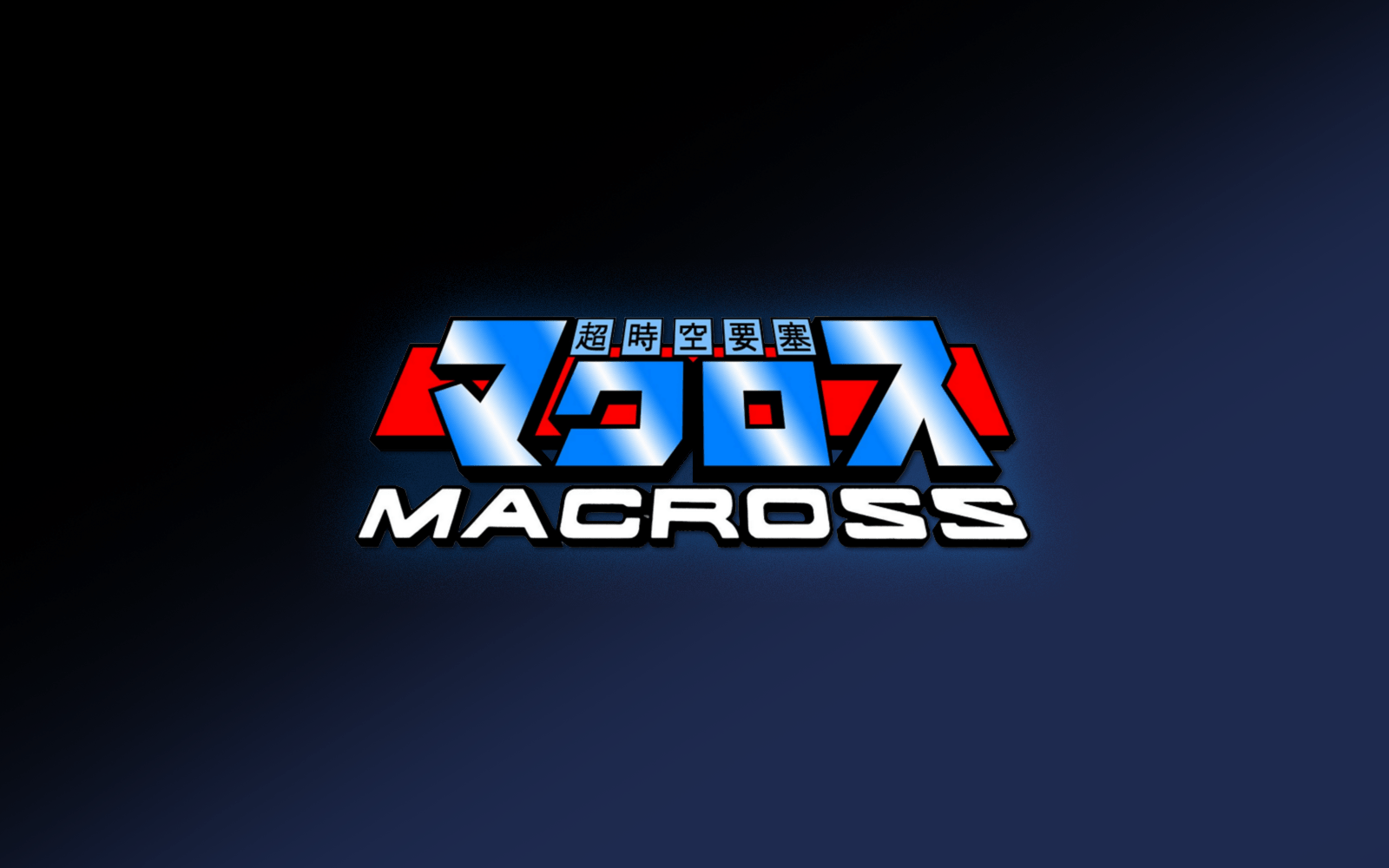
Last year, one of the most contentious and long-running entertainment disputes that most people have probably never heard of was finally resolved.
For two decades, several companies — Japan’s Studio Nue, Big West Advertising, and Tatsunoko Productions, along with Harmony Gold USA — fought over the licensing and distribution rights to the Macross anime franchise. Essentially, this meant that even as new Macross titles were produced and released in Japan, licensing and releasing those titles outside of Japan remained difficult, if not impossible, due to Harmony Gold USA’s claims. Therefore, if fans wanted to watch any of those new titles, they had to resort to fansubs and bootlegs.
But in April 2021, Big West, Studio Nue, and Harmony Gold USA finally reached an agreement — which resulted in some pretty major Macross-related announcements at the 2022 Anime Expo:
- Macross 7, Macross Frontier, and Macross Delta will be released in North America by Nozomi Entertainment.
- Macross Plus will be released in North America, the UK, and Europe by Anime Limited.
- Macross II will be released in North America by AnimEigo.
In other words, anime fans are about to be deluged with transforming fighters, space battles, love triangles, and musical numbers — and it’s been a long time coming. But if you don’t know your VF-1S from your VF-25F, or your Vajra from your Varauta, then here’s an overview of the Macross saga and its various installments over the last four decades.
Super Dimension Fortress Macross (1982 – 1983)
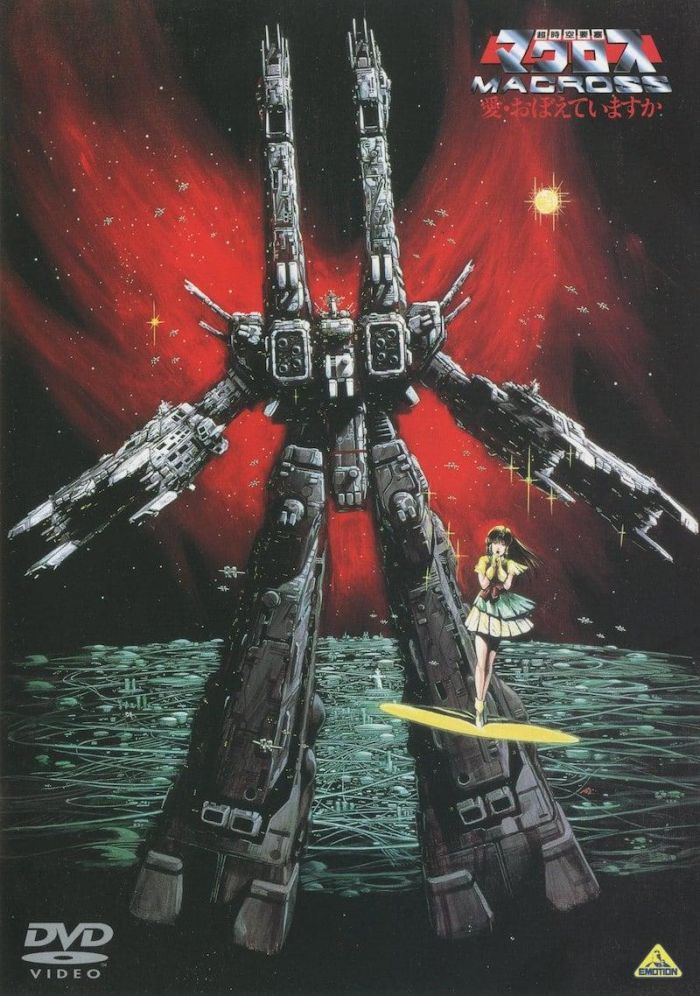
This is where it all started. Created by Studio Nue’s Shōji Kawamori (who also designed many of the series’ vehicles), Super Dimension Fortress Macross is set in 1999, with humanity in the throes of global war. That all changes when a giant alien spaceship filled with advanced technology crash-lands on the planet. This revelation that they’re not alone convinces humanity to unite in order to decipher the alien technology and prepare for the inevitable invasion.
Super Dimension Fortress Macross is arguably the franchise’s most recognizable series. Shortly after its Japanese debut, Harmony Gold USA licensed the series, re-edited its storyline, and combined it with two other unrelated anime series — Super Dimension Cavalry Southern Cross and Genesis Climber MOSPEADA — to create Robotech. Robotech was one of the first anime series released in the States, and though heavily edited, featured a complex, dramatic, and serial plot quite unlike what was found in other American cartoons at the time.
Super Dimension Fortress Macross set the template for all subsequent Macross titles, combining intense space battle sequences featuring pilots in transforming variable fighters (called Valkyries in Macross and Veritechs in Robotech) with military intrigue, pop songs, and lots of melodrama (i.e., love triangles). The original series revolved around the triangle of hotshot pilot Hikaru Ichijyo, burgeoning singer Lynn Minmay, and duty-bound commander Misa Hayase (aka, Rick Hunter, Lynn Minmei, and Lisa Hayes in Robotech).
The entire Robotech series is currently available from Funimation. As for the original, unedited Super Dimension Fortress Macross series, it’s been released several times in the past by AnimEigo and ADV Films. Harmony Gold USA currently possesses the rights, though no new release has been announced.
Super Dimension Fortress Macross: Do You Remember Love? (1984)
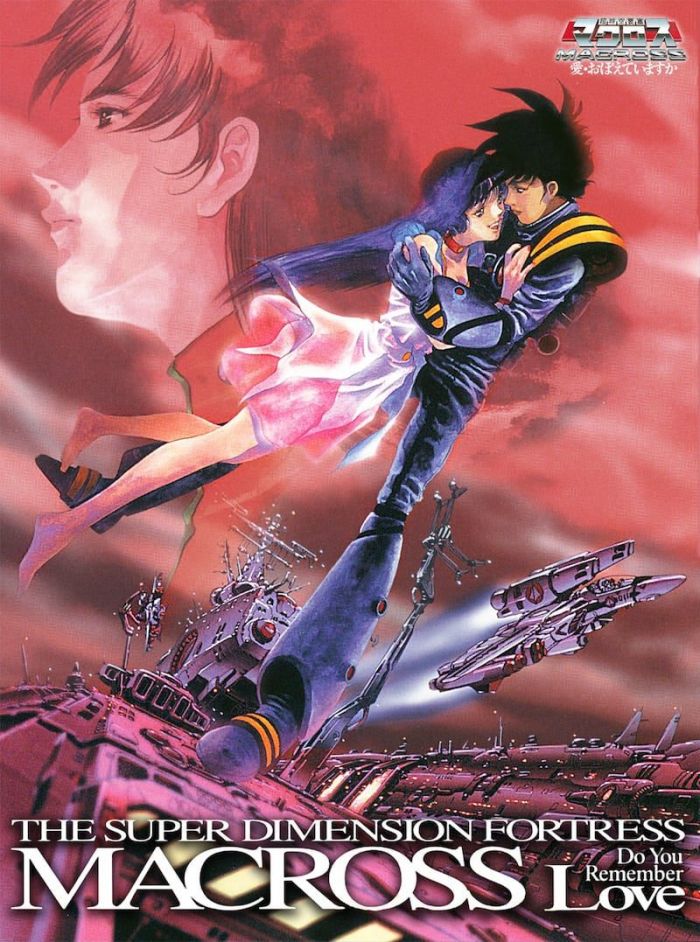
This feature film basically took the original Super Dimension Fortress Macross series and re-edited and condensed it into a two-hour runtime, while adding in some new material and updated animation.
Due to the fact that it doesn’t exactly line up with the original Macross storyline, Do You Remember Love?‘s canonical status has fluctuated over time. At one point, it was considered the start of an entirely new Macross continuity. It’s since been quasi-reintroduced into Macross canon as an in-universe movie watched by characters in later Macross series.
Do You Remember Love? has never received a proper widespread American release. Authorized English dubs were created, and apparently, one version was released in American theaters as Super Spacefortress Macross. The other version was Clash of the Bionoids, which was heavily edited (i.e., missing 30 minutes of footage) and released on VHS by Celebrity Home Entertainment in 1984.
Several years after the release of Do You Remember Love?, in 1987, Studio Nue released The Super Dimension Fortress Macross: Flash Back 2012, a thirty-minute collection of music videos taken from both Do You Remember Love? and the original Super Dimension Fortress Macross series. It also featured new footage that built on the original series’ ending, with humanity taking its first steps towards expanding into the galaxy.
To date, there are no official plans to release Do You Remember Love? here in the States in its full, unedited form. The same is true of Flash Back 2012.
Super Dimensional Fortress Macross II: Lovers Again (1992)
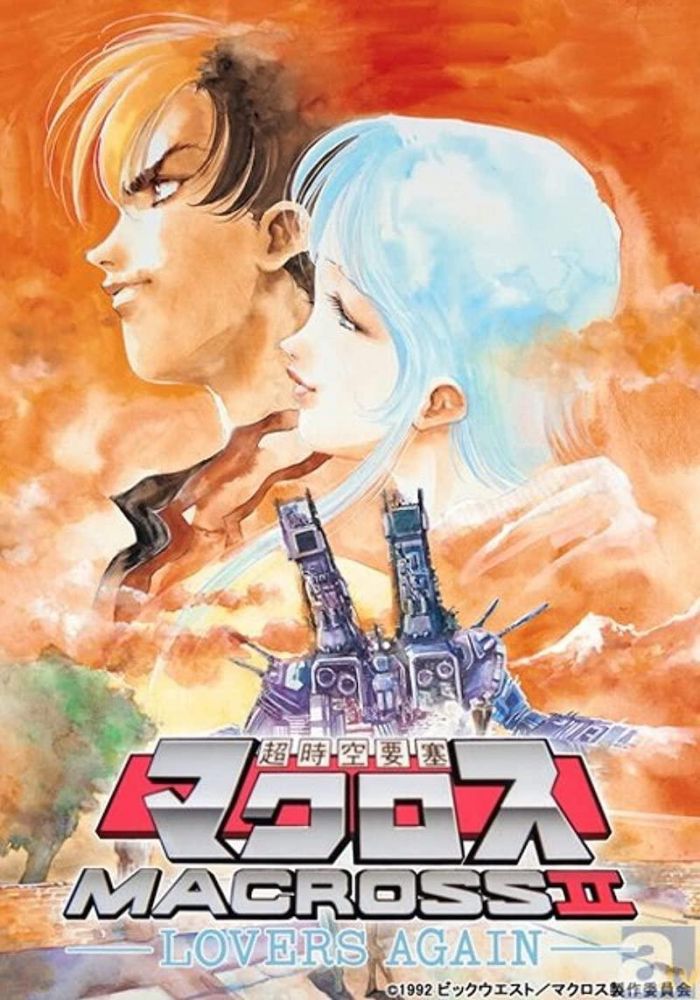
Put simply, Macross II is the Macross franchise’s red-headed stepchild. Produced by Big West with no input from Macross’ creators in Studio Nue, it takes place 80 years after the events of the Do You Remember Love? movie. As such, it exists completely outside Macross canon and has no real relationship with any other Macross title despite containing all of the usual Macross tropes (e.g., variable fighters, alien threats, love triangles).
In the six-episode OVA, Earth is attacked by a new alien threat: the militaristic Marduk. But when a headstrong news reporter named Hibiki Kanzaki encounters a Marduk named Ishtar, he decides to introduce her to Earth’s culture in order to encourage peace between the two civilizations. Naturally, this being Macross, Hibiki lands in the middle of a love triangle between Ishtar and ace pilot Silvie Gena.
Macross II was a commercial success in both Japan and America upon its release in the early ’90s, but was ultimately considered a lackluster followup to the original Macross series (read my review). Criticisms ranged from a derivative plot and weak characters to the lack of involvement from series creator Shōji Kawamori.
Macross II was originally released in the States by U.S. Renditions as an English dub. Later, Manga Entertainment consolidated the six episodes into Macross II: The Movie, which was released in 1995 in both dubbed and subtitled versions. Manga re-released Macross II a couple more times in the following years. It’s unknown whether AnimEigo’s upcoming release will be the six-episode OVA or the movie.
Note: Here in the States, Palladium Books published an RPG based on Macross II in the early-to-mid ’90s. This was in addition to their Robotech-inspired RPG. I spent many hours poring over Palladium’s books back in high school, as they were one of the few ways I could learn anything about the franchise.
Macross Plus (1994 – 1995)
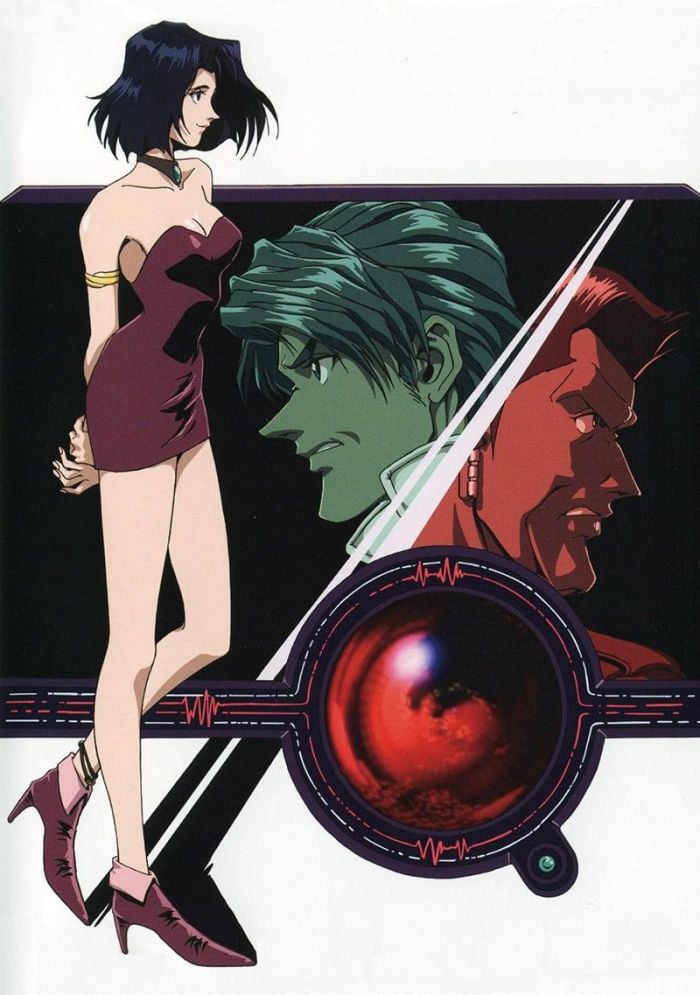
Following Macross II’s lackluster reception, Studio Nue and Shōji Kawamori returned to the franchise for Macross Plus. Set in the year 2040, or three decades after the events of the original Super Dimension Fortress Macross series, Macross Plus is more serious and dramatic than its predecessor. Although there’s plenty of variable fighter combat and a pop idol, the story’s core focuses on the rivalry between two ace pilots — Isamu Alva Dyson and Guld Goa Bowman — as they compete for both military honors and the affections of their old friend, Myung Fang Lone.
The love triangle here is considerably more dysfunctional and traumatic — and problematic — than anything seen before in the franchise — or since, for that matter. Macross Plus is filled with heartbreaking moments that put the characters, and the audience, through the wringer. The series really shines, though, when it comes to the thrilling aerial sequences, which were enhanced with cutting edge computer animation, and its soundtrack, which features the considerable talents of composer Yoko Kanno (read my review).
Macross Plus was originally a four-episode OVA, with a movie version released shortly thereafter. The OVA fleshes out some subplots and events that get short shrift in the movie while the movie features more sympathetic characterizations and includes what is arguably one of the most heartbreaking scenes in the entire Macross franchise.
Manga Entertainment handled Macross Plus’ original overseas releases; it was actually the UK-based company’s first North American release. Unfortunately, Manga’s releases contained production issues; their 2000 DVD release of Macross Plus: The Movie was just a direct transfer from the VHS release, so the subtitles were part of the footage. A remastered Macross Plus was released in 2012 on Blu-ray to celebrate Macross’ 30th anniversary, but only in Japan. Several Macross Plus soundtrack albums were also released, featuring a blend of electronic, pop, and orchestral compositions, as well as contributions from members of the Israel and Czech Philharmonic Orchestras.
So far, Anime Limited has not announced which version of Macross Plus they’ll be releasing — the OVA or the movie — only that it’ll be released on Blu-ray.
Macross 7 (1994 – 1995)
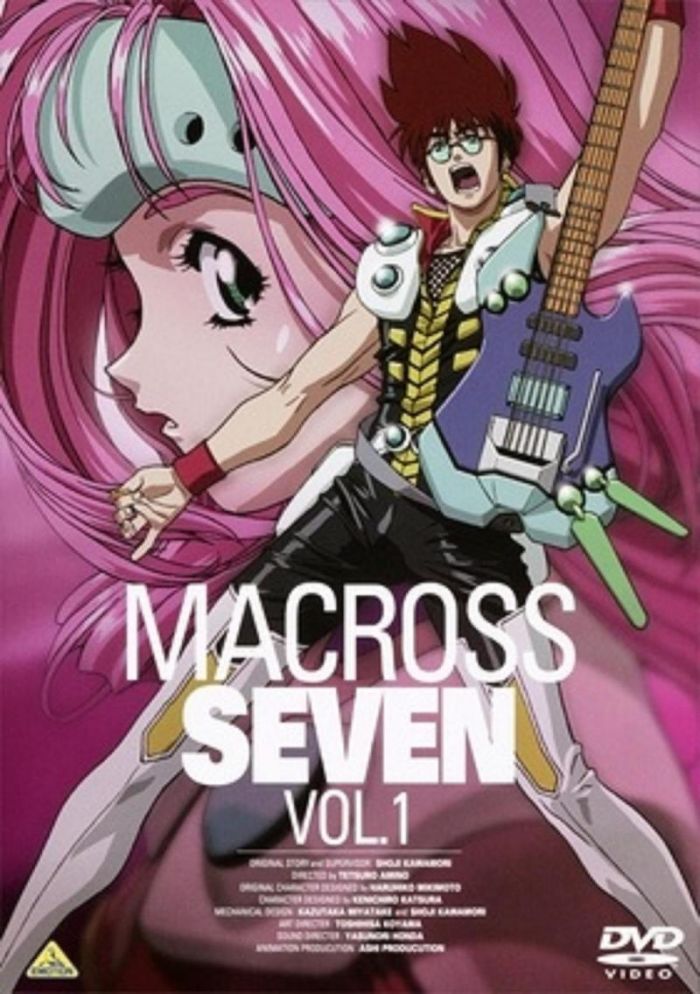
Set 35 years after the events of Super Dimension Fortress Macross, on the titular colony ship that’s searching for humanity’s new home in deep space, Macross 7 fully embraces the franchise’s musical aspects.
In other words, while pop music has always played a critical role in Macross titles (e.g., the original series’ Lynn Minmay, Macross Plus’ Sharon Apple), it plays a particularly dominant role in Macross 7. The series follows the exploits of Fire Bomber, a popular rock band whose music becomes the key to battling a new alien threat. As a result, Macross 7 features Valkyrie pilots who fight their space battles, not with lasers and missiles, but rather, with the power of rock ‘n’ roll. Like, they’re literally rocking out on electric guitars in the cockpit.
It might seem like a goofy concept, but it proved successful enough, leading to nearly 50 episodes (the most of any Macross title), several OVA releases, a couple of movies, a manga series, and multiple albums and singles by Fire Bomber (including a karaoke album, a country album, and an album of English versions of Fire Bomber songs).
Aside from the series itself, it remains unknown if Nozomi Entertainment will be releasing any other Macross 7-related material as part of their new licensing deal.
Macross Zero (2002 – 2004)
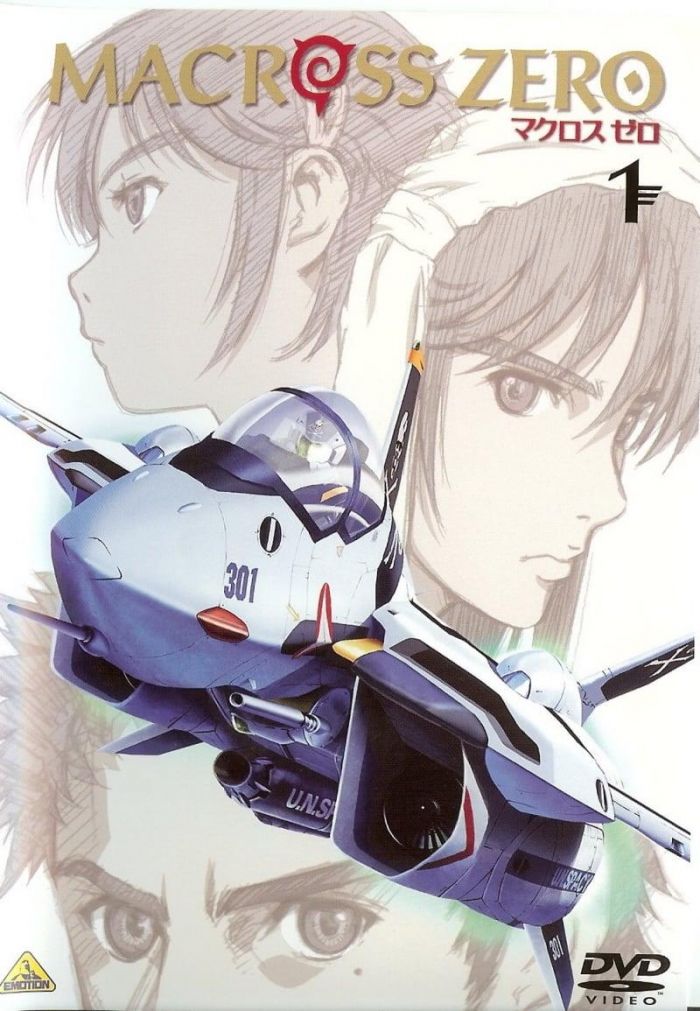
As its title suggests, Macross Zero is a prequel set one year before the events of Super Dimension Fortress Macross. The alien spaceship that will eventually become the SDF-1 Macross has already crashed on Earth, but humanity remains torn between forces loyal to the newly founded united government and those rebelling against it. Meanwhile, everyone’s scrambling to understand the alien technology.
After he battles a bizarre new fighter capable of transforming itself, ace pilot Shin Kudo crash-lands on Mayan Island, which is populated by natives that somehow possess a mysterious connection to the alien spaceship. Despite their peaceful nature, the residents of Mayan Island find themselves caught up in the global war even as Kudo and his commander, Roy Föcker, try to prevent alien artifacts from falling into the rebels’ hands.
I’ve only seen a little bit of Macross Zero, so I can’t comment too much on the story. However, I remember the aerial sequences being phenomenal, with CGI being skillfully employed to give the Valkyrie transformations a whole new level of detail.
Macross Zero was originally released to celebrate the Macross franchise’s 20th anniversary, and was directed by Macross creator Shōji Kawamori. Several soundtrack albums were also released, featuring the music of Kuniaki Haishima (Gasaraki, Spriggan). Macross Zero’s storyline would influence later Macross series, specifically Macross Frontier.
To date, there are no announced plans to release Macross Zero outside of Japan.
Macross Frontier (2008)
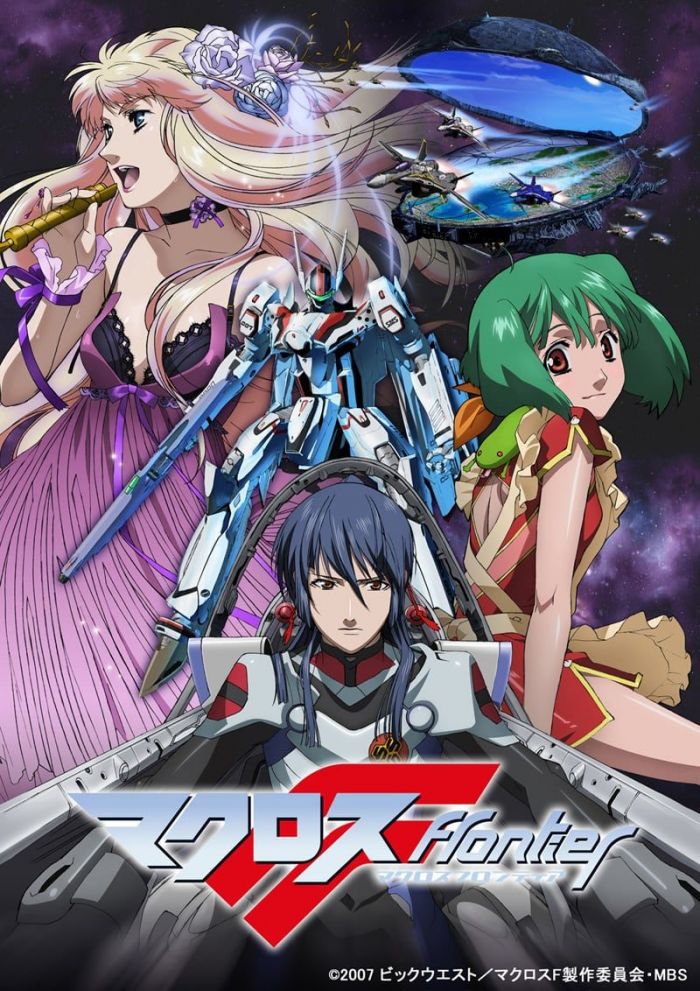
In the year 2059 AD, a massive fleet consisting of both human and Zentradi is journeying to the galactic center. Visiting them is Sheryl Nome, aka, the “Galactic Fairy,” a super-famous pop idol and singer. But what begins as a highlight for the fleet quickly devolves into chaos when it’s attacked by a fearsome biomechanical alien race called the Vajra.
Coming to the fleet’s defense are fighter pilots like Alto Saotome, who skillfully pilots a new and advanced version of the Valkyrie fighter. Meanwhile, a young singer named Ranka Lee hopes to begin her own career as a pop star even as she discovers a strange connection to the Vajra.
Macross Frontier proved to be exceedingly popular and commercially successful. In addition to the main anime series, Macross Frontier spawned several manga titles, a couple of movies filled with new and alternate footage, a radio program, numerous albums and singles, a video game for the PlayStation 3, and even a live concert in 2008.
Both Macross Frontier films — 2009’s The False Songstress and 2011’s The Wings of Farewell — screened here in the States earlier this year, courtesy of Big West and Fathom Events. It remains unknown, however, if or when Nozomi Entertainment will be releasing those movies alongside the anime series.
Macross Delta (2016)
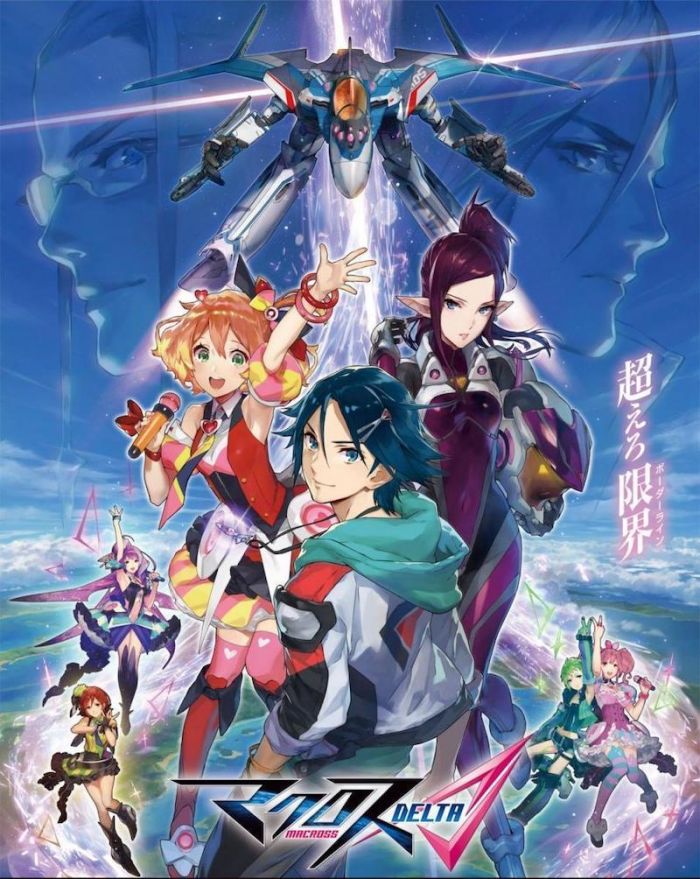
Similar to Macross 7, Macross Delta really emphasizes the musical aspect of the Macross franchise. Set almost a decade after Macross Frontier in a distant region of the galaxy, Macross Delta focuses on the exploits of the girl group Walkure.
When a mysterious disease begins driving people insane, Walkure’s music proves to be the only thing capable of soothing them. But Walkure, along with their Valkyrie guardians in Delta Flight, soon find themselves battling the Windermere Kingdom, which seeks to use the disease as a weapon in order to increase their territory.
Macross titles have always had a pop star or singer as a central character, but Macross Delta is the first Macross title to employ “magical girls,” i.e., characters with seemingly bizarre powers and elaborate transformation sequences à la Sailor Moon and Cardcaptor Sakura.
As odd as this blend of Macross and magical girls might seem, Macross Delta has been as successful as previous Macross titles. Not only has it been adapted into several manga series, it was also adapted into a game for the PlayStation Vita and inspired two feature films. The most recent of these movies, Macross Delta the Movie: Absolute Live!!!!!!, was released last year. And of course, given the importance of music to Macross Delta, four albums and numerous singles featuring Walkure’s music have been released to date.
As with Macross 7 and Macross Frontier, it remains unknown if Nozomi Entertainment’s licensing deal includes any of the above material in addition to the Macross Delta anime series.
While individual Macross titles have spawned multiple spin-offs including manga, feature films, and video games, there have been plenty of standalone Macross titles outside the anime. For example, the video games Super Dimension Fortress Macross: Scrambled Valkyrie and Macross 30: Voices Across the Galaxy (the latter of which features references to every Macross series up through Macross Frontier). Or the light novel series Macross the Ride, which occurs before Macross Frontier.
And that’s to say nothing of the countless models, toys, and other physical goods inspired by the original Super Dimension Fortress Macross and its many sequels. (At this point, I should say that one of my greatest regrets from our family’s trip to Japan was not buying a couple of deluxe Macross Plus models that were reasonably priced in Tokyo’s Akihabara district.)
I’ve been a fan of Macross ever since I caught my first glimpse of a Veritech as a young lad, and later, while watching my first Robotech episodes on VHS. At the time, I didn’t know where it all came from — I knew nothing of Macross proper — but the transforming planes were cooler than cool and the epic space opera storyline was captivating. Sadly, the aforementioned licensing disputes meant that the Macross franchise was largely denied to American audiences even as other beloved anime franchises (e.g., Gundam, Neon Genesis Evangelion) achieved great success over here.
Suffice to say, many long-suffering anime fans (myself included) had probably come to conclusion that we’d never get to see these series the way they should be seen, with proper releases, translations, etc. And Macross’ importance and popularity in Japan only increased the bitterness of that truth. As such, Nozomi, Anime Limited, and AnimEigo’s newly announced licensing deals almost seem too good to be true, but it’s finally happening: Macross is coming to America.